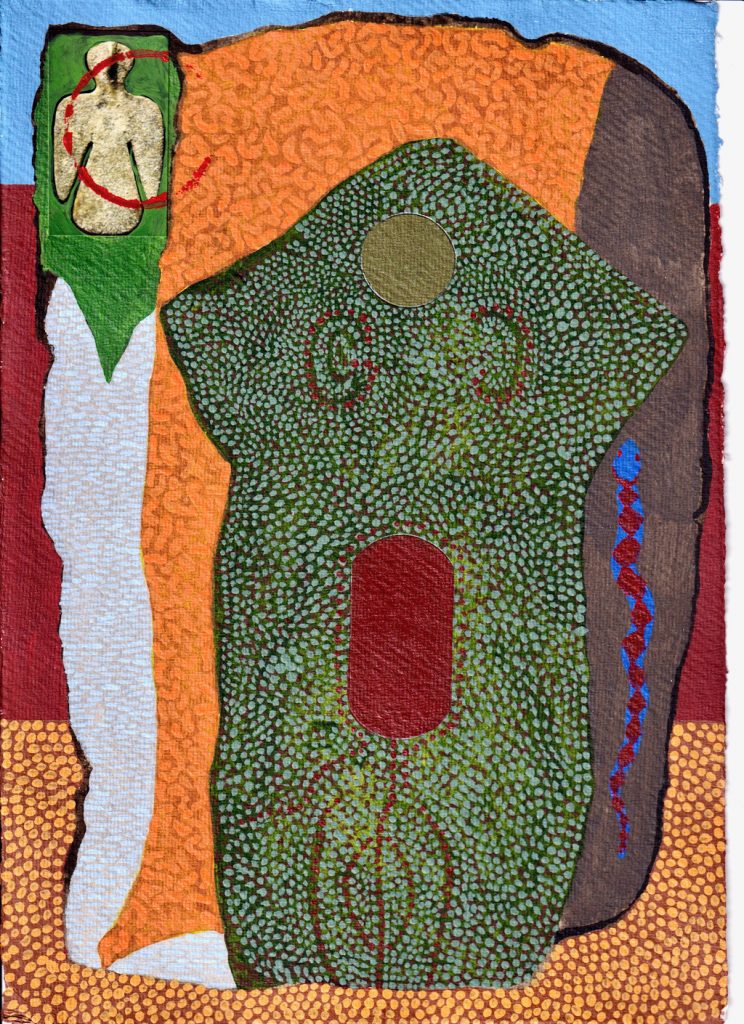
‘A questioning approach to quality, as something to strive towards. Developing a culture of noticing, especially questioning and noticing where the art is taking place or becoming. The whole thing is art’!
UB
This morning the cat woke me at quarter past six when the world was still largely quiet and, looking towards a tree on the distant horizon, for a moment I experienced a real sense of wonder. Almost at once I lost it again, at sea in the demands and self-inflicted humiliations of the day and the familiar sense of pointlessness that all-too-easily follows. Then, later again and listening to music on the exercise bike, Robert Hunter’s words from Truckin’ ‘… I guess they can’t revoke your soul for trying…’ (In See Alan Trist & David Dodd The Complete Annotated Grateful Dead Lyrics p. 132).
Tom Cheetham sees a necessary exchange between a “vertical” spirituality, with its ‘relentless upward flight towards transcendence’, (Imaginal Love: The Meaning of Imagination in Henry Corbin and James Hillman p. 29). and ‘the truth of collective life’. (Adam Zagajewski In Defence of Ardour p. 24). A conversation I’ve embodied in the Scremby cunning woman, healer, poet, and more. Why separate the desire for spiritual transcendence from ‘incarnate life’ evoked by being ‘in love with the world’? As Cheetham points out any absolute distinction between “vertical” and “horizonal” runs into the simple fact that neither ‘makes any sense without the other’ (pp. 28 & 73), an insight also encapsulated in Denise Levertov’s poem The Wings, where one is white, the other ‘feathered in soot’, and both are needed to fly (Denise Levertov New Selected Poems pp. 44-45).
Cheetham also reminds us that totemic animals and plants are “good to think with”; that all creative work “thinks with things”, whether paint, wood, stone, bodies, or the “thingness” of language. That the arts remind us that ideas don’t simply exist in our heads but, with our emotions, extend outwards and exist in the world. He quotes Walt Whitman’s “I contain multitudes” and adds: ‘These multitudes are in perfect accord with the multitudes who inhabit the world known to naturalists and why we must speak of a natural history of the psyche’, concluding that all this breaks down dualisms, including ‘that between the demons and the angels’, and so releases: ‘the wild variety of life’. He goes on to quote Rilke and argue for ‘an intermediate, imaginal world flooded with the plenitude of presences and energies that fill the space between the angelic and the demonic’ (pp. 122-123).